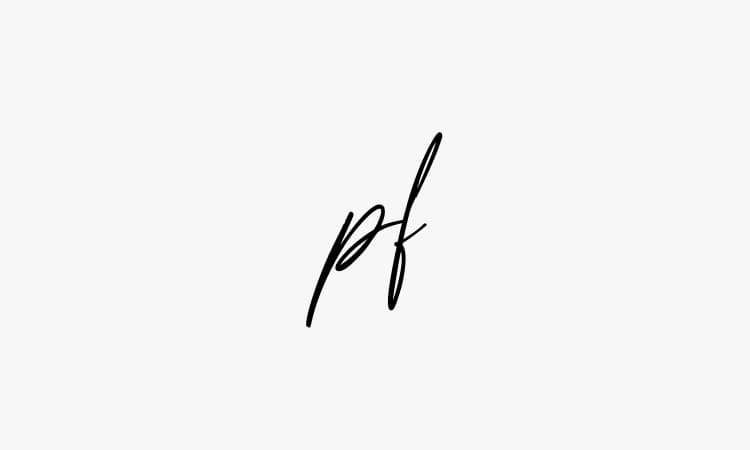Taking residence in virtual worlds | Australian IT
Taking residence in virtual worlds | Australian IT: “Rather than be tied up with the web 2.0, which he believes…
Read More
Taking residence in virtual worlds | Australian IT: “Rather than be tied up with the web 2.0, which he believes…
Read More